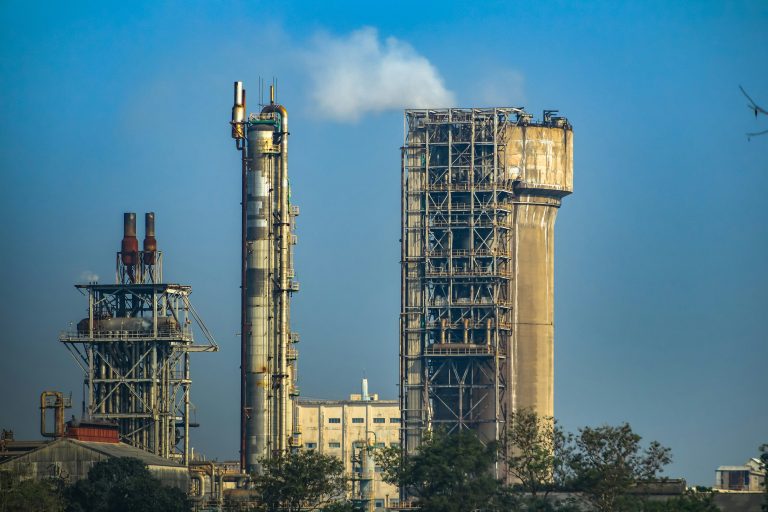Investment Plans Worth NPR 250–300 Billion Under Review
Nepal’s long-anticipated plan to establish a domestic chemical fertiliser production facility is set to move forward, as German company DIAG Industries GmbH has presented three investment models for the project.
The proposals were submitted to the Investment Board Nepal (IBN) following growing interest from Prime Minister KP Sharma Oli, who has prioritised resolving the country’s recurring fertiliser shortages. DIAG plans to build the facility on 401 acres of private land located in Sarawal Rural Municipality, Bardaghat, West Nawalparasi.
According to IBN, the models were discussed during the final stages of the Detailed Project Report (DPR). The report highlights that the plant would require approximately 300 megawatts of electricity – an unprecedented energy demand for any single industry in Nepal.
To advance the project, DIAG has already established a local subsidiary named DIAG Surya Green Fertilizer Company Pvt. Ltd., partnering with prominent Nepali businessman Pramod Rana. The proposed investment ranges between NPR 250 billion and NPR 300 billion, depending on the chosen model.
Three Proposed Investment Models
The DPR outlines three operational approaches, each differing in cost, production capacity, and investment recovery period:
1. Urea Production Model
-
Production Capacity: 2,000 metric tonnes per day (~700,000 metric tonnes annually)
-
Technology: Natural gas-based production
-
Estimated Cost: NPR 235.2 billion (€1.47 billion)
-
Investment Recovery: 12 years
-
Key Advantage: Sufficient to meet Nepal’s urea demand but dependent on a stable, long-term gas supply.
2. Ammonium Nitrate Production Model (Preferred Option)
-
Production Capacity: 1,500–1,900 metric tonnes per day
-
Technology: Electricity-based production
-
Estimated Cost: NPR 257.6 billion (€1.61 billion)
-
Investment Recovery: 8 years
-
Key Advantage: Considered the most efficient model, with an Internal Rate of Return (IRR) of 13.37% and a Return on Capital Employed (ROCE) of 21.90%.
3. Hybrid Model
-
Production Capacity: 750 metric tonnes per day (combined urea and ammonium nitrate)
-
Technology: Uses both natural gas and electricity
-
Estimated Cost: NPR 299.2 billion (€1.87 billion)
-
Investment Recovery: Longer than other models
-
Key Advantage: Offers flexibility in production but comes with higher initial costs.
Addressing Nepal’s Fertiliser Crisis
Nepal requires 600,000–700,000 metric tonnes of chemical fertiliser annually, yet farmers continue to face frequent shortages due to import delays. In the current fiscal year alone, the government has allocated NPR 28.82 billion in subsidies for fertiliser imports.
The proposed plant is expected to provide a long-term solution by reducing dependence on imports and ensuring a consistent supply to meet national demand.
Prime Minister’s Push for Progress
As Chairperson of the Investment Board, Prime Minister KP Sharma Oli has taken an active role in advancing the project. Acknowledging the nationwide fertiliser shortage, he recently convened high-level discussions with the Minister for Agriculture and Livestock Development, senior officials, and industry stakeholders.
During the meeting at the Office of the Prime Minister and Council of Ministers in Singha Durbar, PM Oli urged officials, including Agriculture Minister Ramnath Adhikari and Ministry Secretary Dr Govinda Prasad Sharma, to fast-track the establishment of the fertiliser plant.
He also stressed the need to promote the production and use of organic fertilisers and introduce policies encouraging sustainable agricultural practices.


